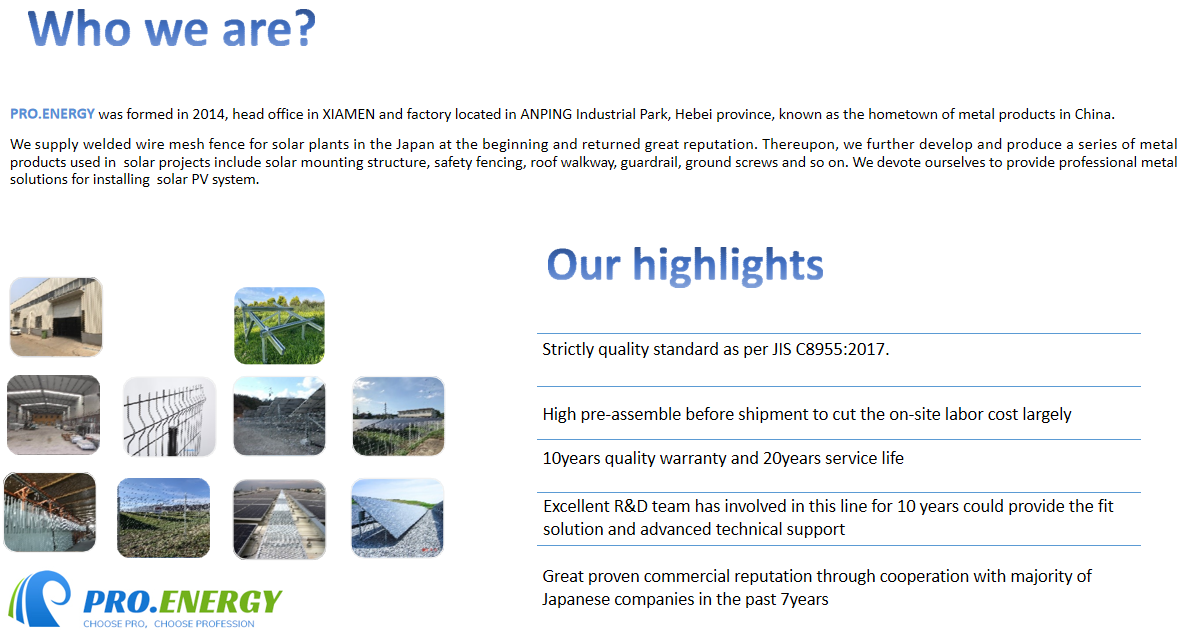As analyst Frank Haugwitz explained, factories suffering from power distribution to the grid may help promote the prosperity of on-site solar systems, and recent initiatives requiring photovoltaic retrofits of existing buildings may also boost the market.
China’s photovoltaic market has rapidly grown to become the world’s largest, but it still relies heavily on the policy environment.
The Chinese authorities have taken a series of measures to reduce emissions. A direct effect of such policies is that distributed solar photovoltaics have become very important, simply because it enables factories to consume locally generated electricity, which is usually much cheaper than grid-supplied electricity. Currently, the average payback period for China’s commercial and industrial (C&I) roof systems is about 5-6 years. In addition, the deployment of rooftop solar will help reduce the carbon footprint of manufacturers and their reliance on coal power.
In this context, in late August, the National Energy Administration (NEA) of China approved a new pilot program specifically to promote the deployment of distributed solar photovoltaics. Therefore, by the end of 2023, existing buildings will need to install rooftop photovoltaic systems. According to the authorization, at least a proportion of buildings will be required to install solar photovoltaics. The requirements are as follows: government buildings (not less than 50%); public structures (40%); commercial real estate (30%); rural buildings in 676 counties ( 20%) will need to install a solar roof system. Assuming 200-250 MW per county, by the end of 2023, the total demand generated by the plan alone may be between 130 and 170 GW.
In addition, if the solar photovoltaic system is combined with an electrical energy storage (EES) unit, the factory can transfer and extend its production time. So far, about two-thirds of the provinces have stipulated that every new industrial and commercial solar roof and ground installation system must be combined with EES installations.
At the end of September, the National Development and Reform Commission issued guidelines for urban development, clearly encouraging the deployment of distributed solar photovoltaics and a business model based on energy performance management contracts. The direct impact of these guidelines has not yet been quantified.
In the short to medium term, a large amount of photovoltaic demand will come from the “GW-hybrid base”. This concept is characterized by the combination of renewable energy, hydropower and coal depending on the location. Chinese Premier Li Keqiang recently presided over a meeting to resolve current power supply shortages and explicitly called for the construction of large-scale gigawatt bases (especially including photovoltaic and wind power bases) in the Gobi Desert as a backup system for power supply. Last week, Chinese President Xi Jinping announced that the first phase of construction of such a gigawatt base with a capacity of up to 100 gigawatts has started. Details about the project have not yet been announced.
In addition to supporting solar photovoltaic installations, recently, more and more provincial governments—especially Guangdong, Guangxi, Henan, Jiangxi, and Jiangsu—are planning to introduce more differentiated tariff structure solutions to stimulate more rational use. that power. For example, the “peak-to-valley” price difference between Guangdong and Henan is 1.173 yuan/kWh (0.18 USD/kWh) and 0.85 yuan/kWh (0.13 USD/kWh) respectively.
The average electricity price in Guangdong is RMB 0.65/kWh (US$0.10), and the lowest between midnight and 7 am is RMB 0.28/kWh (US$0.04). It will promote the emergence and development of new business models, especially when combined with distributed solar photovoltaic.
Regardless of the impact of the dual-carbon dual-control policy, polysilicon prices have been rising in the past eight weeks-reaching RMB 270/kg ($41.95). In the past few months, the transition from tight supply to the current supply shortage, polysilicon supply tightening has led existing and new companies to announce their intention to build new polysilicon production capacity or increase existing facilities. According to the latest estimates, if all the 18 polysilicon projects currently planned are implemented, 3 million tons of polysilicon will be added annually by 2025-2026.
However, given the limited additional supply going online in the next few months and the large-scale shift in demand from 2021 to next year, it is expected that polysilicon prices will remain high in the short term. In the past few weeks, countless provinces have approved two multi-gigawatt solar project pipelines, most of which are planned to be connected to the grid before December next year.
This week, at an official press conference, a representative of the National Energy Administration of China announced that from January to September, 22 GW of new solar photovoltaic power generation capacity will be added, a year-on-year increase of 16%. Taking into account the latest developments, Asia-Europe Clean Energy (Solar Energy) Consulting Company estimates that by 2021, the market may grow by 4% to 13% year-on-year, or 50-55 GW, thus breaking the 300 GW mark.
We are professional manufacturer for solar mounting structure, ground piles, wire mesh fencing used in the solar PV system.
Kindly contact us for more information if you are interested in.
Post time: Oct-26-2021

